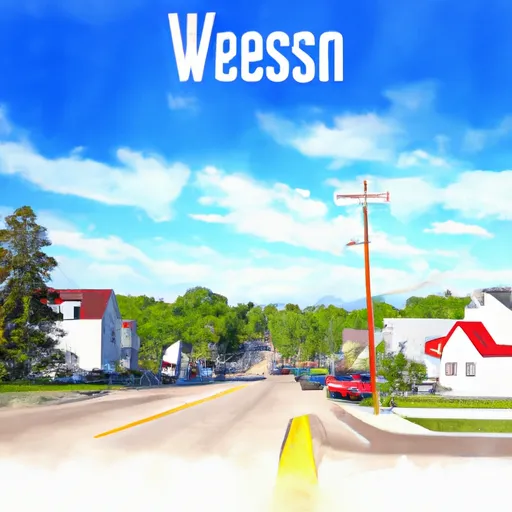°F
°F
mph
Windspeed
%
Humidity











Larsen, Wisconsin is a small village located in Winnebago County, in the eastern part of the state. The village experiences a continental climate, characterized by cold winters and warm summers. Average temperatures range from the low 20s°F (-6°C) in winter to the mid-70s°F (24°C) in summer. Precipitation is evenly distributed throughout the year, with an average of 32 inches (81 cm) annually.
The hydrology constituents in Larsen mainly revolve around the presence of Lake Winnebago, which is the largest inland lake in Wisconsin. The lake provides opportunities for fishing, boating, and other water activities. The Wolf River, a tributary of Lake Winnebago, also runs through the village, offering additional recreational opportunities like kayaking and canoeing.
Outdoor enthusiasts will find several recreational opportunities in Larsen. The area is surrounded by picturesque natural landscapes, including state parks and forests, where visitors can enjoy hiking, camping, and wildlife viewing. Additionally, the village is located near the Fox Cities region, which provides various cultural and entertainment options, including theaters, museums, and shopping centers.
Overall, Larsen, Wisconsin offers a diverse climate, abundant water resources, and numerous outdoor recreation opportunities, making it an attractive destination for nature lovers and adventure seekers.
Weather Forecast
Larsen receives approximately 804mm of rain per year, with humidity levels near 82% and air temperatures averaging around 8°C. Larsen has a plant hardyness factor of 5, meaning plants and agriculture in this region thrive during a short period during spring and early summer. Most plants will die off during the colder winter months.
Regional Streamflow Levels
101
Cubic Feet Per Second
17
Cubic Feet Per Second
16
Cubic Feet Per Second
725
Cubic Feet Per Second
Nearby Camping
| Camping Area | Reservations | Toilets | Showers |
|---|---|---|---|
| Clinton Lake State Rec Area | |||
| Moraine View State Park | |||
| Coon Creek - Shelbyville Lake | |||
| Sam Dale Lake Conservation Area | |||
| Opossum Creek - Shelbyville Lake | |||
| Jurgens City Park |



